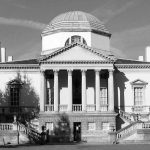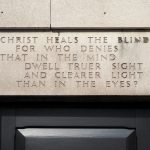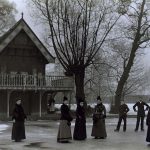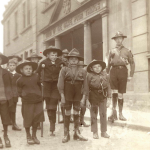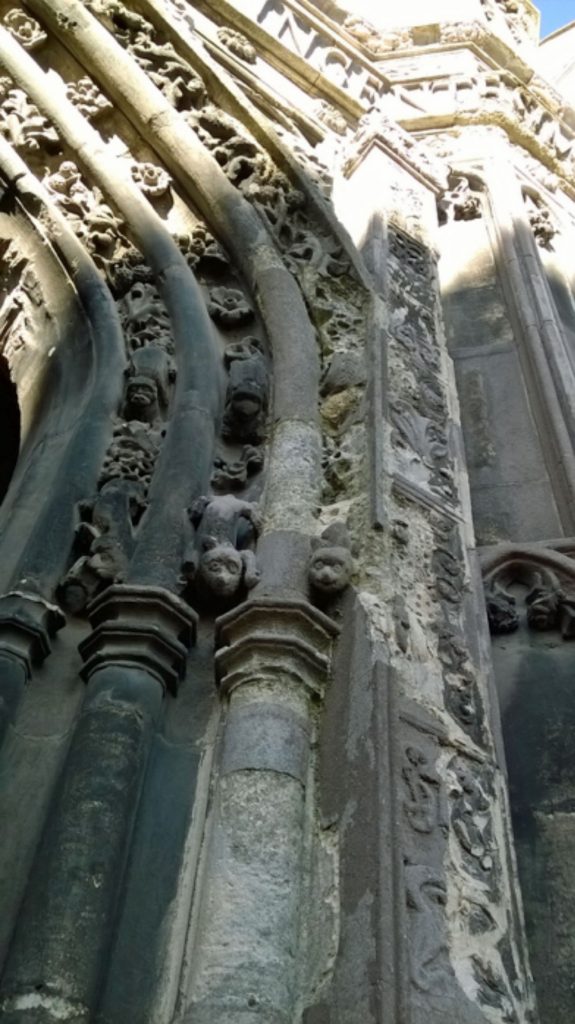I recently decided to rediscover my hidden history geek. Being drawn to people and their individual stories (and appreciating a nice bit of architecture too), the History of Place disability history project seemed a great place to start. So on a glorious June day I was very excited to be heading to the Canterbury Cathedral Archives for my induction.
The Archive itself is suitably wood-panelled, cool and hushed; just what you would hope.
My first meeting with a fellow research volunteer was wandering the ancient cloisters at Canterbury Cathedral as we searched for the Archives. Together Ben and I found them in a shady corner behind a solid wooden door. The Archive itself is suitably wood-panelled, cool and hushed; just what you would hope.
The friendly and helpful archive team sorted our readers’ tickets (essential for roaming the country’s archives and record offices) and gave us a brief guide to archive etiquette: only pencils to be used, comfy cushions to lay the books and documents on, little plastic chains to hold pages open, and certainly no nibbles. I’m not sure if I was the only one quietly disappointed to discover that white gloves won’t be necessary. Just for telly, apparently!
The 14th century manuscript on vellum was slightly more magical than the dull late 20th century thank-you letters and anniversary cards! Although we have no idea of its relevance as it was pure, incomprehensible Latin.
Once our lovely project manager had given us an overview of History of Place and our building, Maison Dieu in Faversham, we got our first peek at some real live archive materials. And an introduction to the nature of this kind of research – the 14th century manuscript on vellum was slightly more magical than the dull late 20th century thank-you letters and anniversary cards! Although we have no idea of its relevance as it was pure, incomprehensible Latin.
The Archive provides a brilliant service whereby you can book a session and request your chosen books and documents by email in advance to make the most of your research time.
 Enjoying tea and cake later, we discussed possible themes for our research and met another volunteer who has been on the case for a few months. Ann’s rummaging around in parish records and hospital admissions was most impressive to the newbies among us!
Enjoying tea and cake later, we discussed possible themes for our research and met another volunteer who has been on the case for a few months. Ann’s rummaging around in parish records and hospital admissions was most impressive to the newbies among us!
After some entertaining Chaucerian character talk from Ben, I left feeling keen to get researching – but also anxious that I wouldn’t actually uncover anything useful at all!
Before returning to the Cathedral Archives though, I have done some preliminary digging from my laptop and have found the wealth of old texts scanned into Google Books. I have also realised that Chaucer’s Wife of Bath is deaf: one of the strongest characters in the Canterbury Tales, a research theme for the Canterbury VRAG. I’m on the trail!

